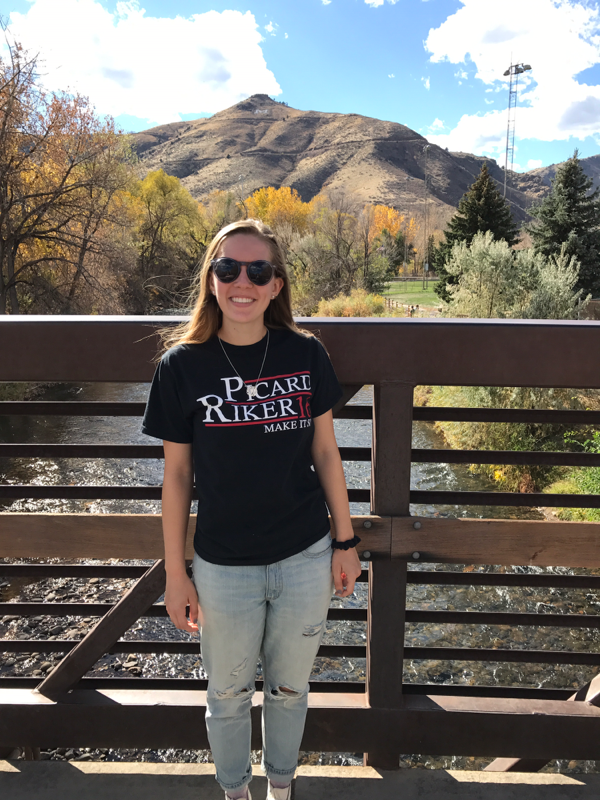When colleges come to town
In the midst of college application season, seniors have a lot on their plates. They have challenging classes, standardized tests, supplements, extracurriculars and were given the stress-inducing task of deciding on their senior quote, so it seems surprising that they would give their time to optional in-school college visits. If you have ever seen flocks of seniors with notepads and passes walking into the library at random times during the school day, you know what I am referring to. In a nutshell, admissions officers from colleges across the country travel to Washington-Lee to speak with students about their universities. According to Naviance, over 120 colleges came to WL this fall, and hundreds of seniors and underclassmen got out of class to attend the almost daily visits.
So why do so many students go to these visits? They are more than just a chance to get out of class. Students have the opportunity to talk directly with the people reviewing their applications and learn specifics about colleges. “It’s very important to go to a few college visits since you can receive valuable tips that can help in the college process,” senior Kurby Gebremedhin said. “It’s a great opportunity to ask admissions officers about information you can’t get anywhere else.”
These visits are beneficial for students unable to travel to colleges; in-school visits are free, accessible and often more meaningful. This is the time to ask questions that are not easily communicated over email or at an on-campus tour. “Students are able to ask questions and get their questions answered in a much more personal way,” University of Southern California Admissions Officer Hillary Higgins said. “I think it’s also easier to reach a larger audience when we visit schools and inform more students rather than just talking to students who come to us.”
Visits are not just for seniors; students of any grade level are welcome. While maybe freshmen should not attend 20 visits, there is nothing wrong with starting early. “Underclassmen should go to a handful before their senior year to get an idea of which colleges are on their radar and get a feel for what type of university they’re looking for,” Gebremedhin said. “Younger students can benefit from having an idea of what they should be shooting for and not be blindsided a month before applying like some seniors are.”
While it may seem like a good idea to sign up for every college visit on the list, moderation is key. Grades should not suffer due to missing too many classes for visits to colleges you probably will not apply to. Try to choose only the colleges you are actually considering, not ones in which you have zero interest. “Especially with our block scheduling, if a student misses one period, they’re really missing two classes,” IB Social Studies teacher Mr. Robert Summers said. “Be smart about when you go to college visits, and be proactive in communicating with your teachers if you’re going to miss their class.”
Especially if students cannot travel to colleges, in-school college visits are the best opportunity to learn about universities, and their application process. You may have to miss an important class, so work with your teachers if attending a visit will be beneficial for you. Again, you do not have to go to every visit you can find on Naviance, but going to colleges you are considering usually is worth having to take a missed test after school. They are, after all, here to help you better navigate applying to college. “I hope that through these visits,” Higgins said, “students get a better perspective of schools in general and can be as informed as possible for success in their application process.”














Melissa Hinkson • Dec 8, 2016 at 9:52 AM
Excellent piece. Thank you. I hope it will run again at the end of the year and the beginning of the next.